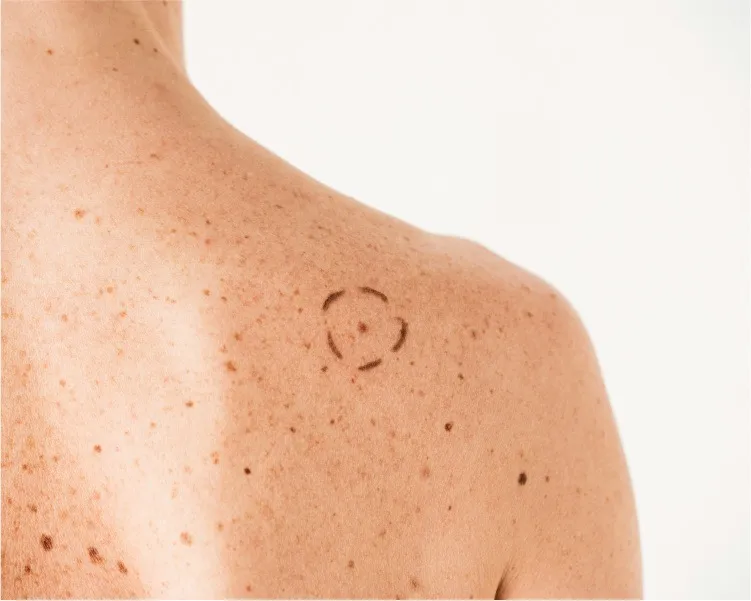In celebration of our newest Sapphire Dermatology location in Reston, VA, we're excited to offer exclusive specials at both of our locations.
In celebration of our newest Sapphire Dermatology location in Reston, VA, we're excited to offer exclusive specials at both of our locations.
Moles services offered in the greater Silver Spring, MD and Reston, VA area
Many people find larger moles, or moles on specific body areas, to be aesthetically displeasing. There’s no need to feel self-conscious about the appearance of moles when a simple procedure is all it takes to remove them for good. If moles are getting in the way of your comfort or self esteem, turn to Sapphire Dermatology. From two offices in Silver Spring, Maryland, and Reston, Virginia, Kunal Angra, MD, and Divya Angra, MD, can safely remove moles in the office. Call either office to schedule a consultation or request one online today.


Moles
Moles, also known as nevi (singular: nevus), is a very common skin growth. It’s usually a noncancerous disorder of pigment-producing skin cells, commonly called moles or birthmarks.
Moles develop as a result of clusters of melanocytes (pigment-producing cells) in the skin. Although a mole can be present at birth (called a congenital nevus), most nevi appear during childhood and adolescence.
Moles are almost always harmless. However, if you have a mole that changes shape or size, has a mottled appearance, or has an irregular border, schedule an appointment with a dermatologist to have the mole evaluated.
Moles can vary in size, shape, and color. Common moles are typically round or oval in shape. Though they can be various colors (pink, flesh-colored, tan, brown, blue, or black), most moles are uniform and homogeneous in color.
Most people have between 10-40 moles.
Moles can be raised or flat and occur anywhere on the body.
Some people can have moles that are more atypical in
appearance and are commonly referred to as dysplastic nevi
(atypical moles).
Atypical moles
Atypical moles can be larger in size, more irregular in shape, and with more color variation.
Though atypical moles are benign and not cancerous, they can be more challenging to differentiate from a deadly form of skin cancer called melanoma.
Suppose the Sapphire Dermatology team suspects skin cancer or melanoma. In that case, they’ll likely perform a simple procedure called a biopsy by shaving the mole or cutting out the entire spot so that it can be evaluated. If the team thinks the mole might be cancerous, cutting through the mole won’t cause the cancer to spread.
Visit your dermatologist if you notice any new, unusual, changing, or symptomatic moles. Moles that change in size, shape, or color may be precancerous or cancerous.
If you have a mole that is changing, looks different than your other moles, or develops after age 30, you should make an appointment at Sapphire Dermatology to evaluate your mole.
To learn more about moles and mole removal services available, call either office in Maryland or Virginia to schedule a visit. You can also Book Appointment online, which is quick and convenient.

If you do not see your insurance provider, please contact us for additional information!
Sapphire Dermatology